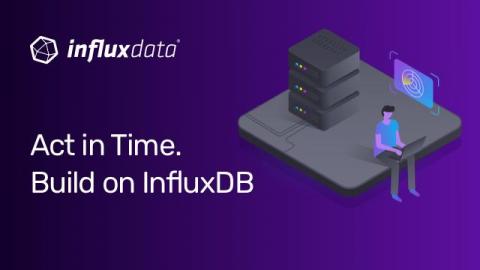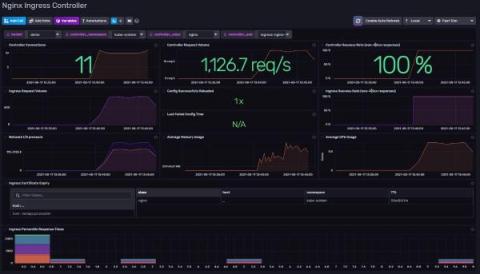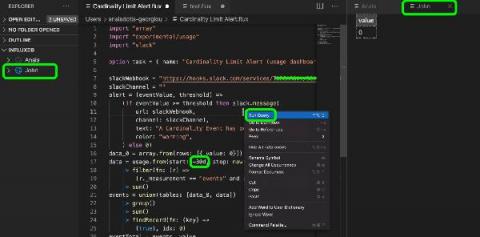Getting Started with Telegraf
Telegraf is a plugin-driven agent for collecting, processing, aggregating and writing metrics and events. Telegraf ships as a single binary with no external dependencies that runs with a minimal footprint and a plugin system that supports many popular services. Telegraf is used to collect metrics from the system it runs on, applications, remote IoT devices and many other inputs. Telegraf can also capture data from event-driven operations.






